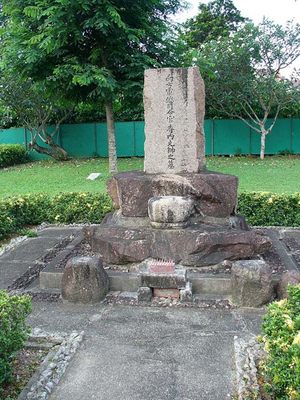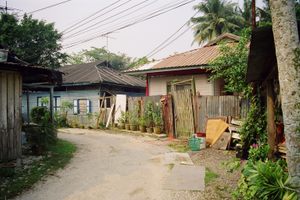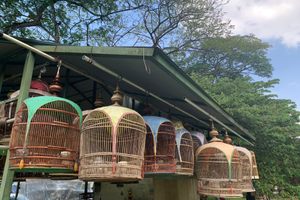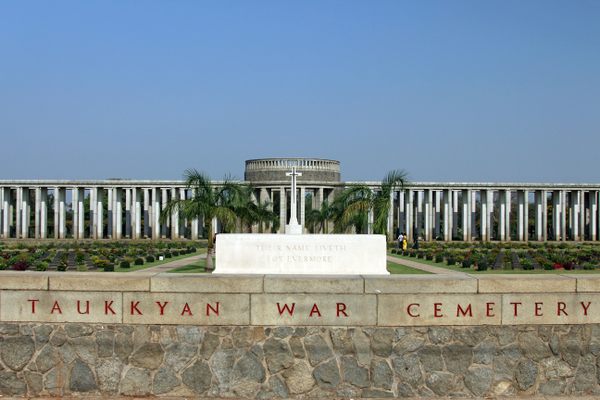About
Untouched and enclosed, the Japanese Cemetery Park lies quietly in the residential area of Chuan Hoe Avenue. It receives little publicity in order to avoid angering the older generations of Singaporeans who survived the atrocities committed by the Japanese during World War II. Owned by the Japanese Association, it is the only cemetery that has never been in danger of demolition, exhumation or desecration by the Singapore government.
Established in 1891, merchants, prostitutes and soldiers alike are buried in this park. The seven-acre piece of land on which it sits was formerly a rubber plantation owned by three brothel owners. The request of building a Japanese cemetery was approved by the British colonial government on 26 June 1891, and its management was handed to the Japanese-run Mutual Self-Help Society.
In the late 19th century and early 20th century, the majority of the Japanese population in Singapore was prostitutes, or karayuki-san, from the rural prefectures of Japan, hence half the graves in the cemetery are of Japanese prostitutes who died in Singapore or on the way back to Japan.
Post-WWI, more Japanese merchants and businessmen started trade with Singapore. The more elaborate gravestones belong to them. Some notable Japanese people who were buried or memorialised there include Ueyama Kantaro, son of the inventor of the mosquito coil, and Futabatei Shimei, pioneer of realism in Japanese literature.
During the Japanese Occupation in WWII, the Japanese took control of the cemetery. Military casualties were buried in the cemetery. After the Japanese surrender in 1946, the soldiers who committed suicide or were executed for war crimes were cremated there. When the British returned to govern Singapore, all Japanese were deported and none were allowed to return until the 1951 peace treaty. In 1952, the Japanese Consul-General to Singapore Ken Ninomiya requested a search for the remains of their war dead. As the remains were all buried together, identification was not possible. The Japanese government decided to fund the restoration of the cemetery instead.
The cemetery features a stone garden and a prayer temple. There are also gravestones and memorials made by the prisoners of war for deceased generals and soldiers.
Another highlight of the cemetery is the memorial stone of Terengganu-born Tani Yutaka, otherwise known as Harimau or the Tiger of Malaya. He was a secret agent for the Japanese military and has been depicted in Japanese novels and films.
Since 1969, the cemetery has been owned by the Japanese Association. While the last burial in the Japanese Cemetery Park took place in 1973, but the park still has a caretaker by the name of Lim Geok Qi who took on the job after his father. Qi lives with his family on the cemetery land, maintaining the graves and serving as a guide for visitors looking into the rich and complicated history of Japan-Singapore relations.
Related Tags
Know Before You Go
Take buses 43, 70, 70M or 116 from Serangoon MRT Station and alight at Blk 133 (B63201). The Japanese Cemetery Park is a short walk away.
Community Contributors
Added By
Published
February 13, 2014
Sources
- infopedia.nl.sg/articles/SIP_1879_2012-04-19.html
- http://en.wikipedia.org/wiki/Japanese_Cemetery_Park
- http://www.yoursingapore.com/content/traveller/en/browse/see-and-do/culture-and-heritage/a-touch-of-history/world-war-heritage-sites/The-Japanese-Cemetery-Park.html
- https://www.visitsingapore.com/see-do-singapore/history/memorials/japanese-cemetery-park/





































